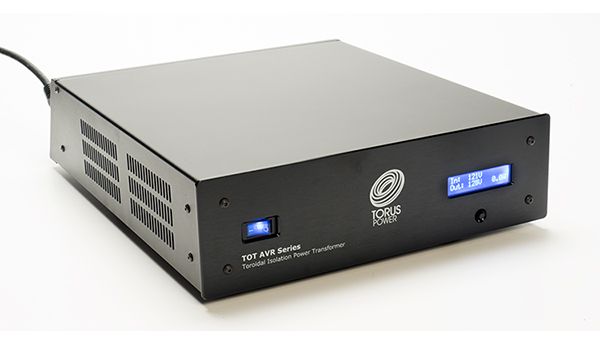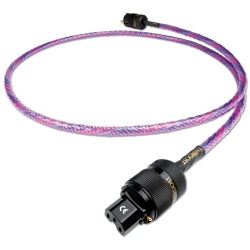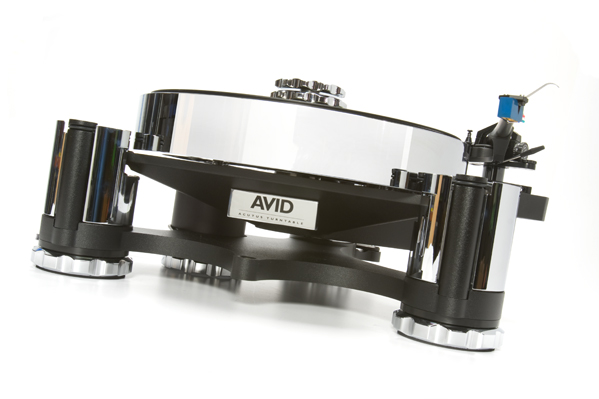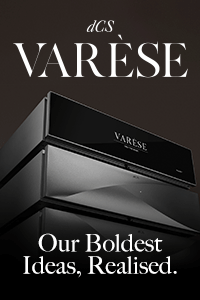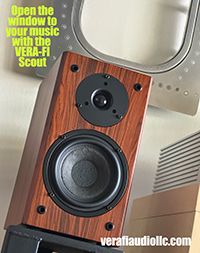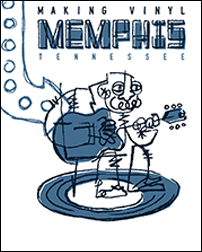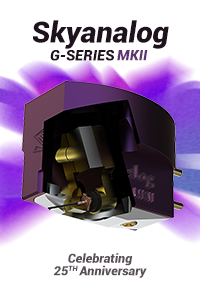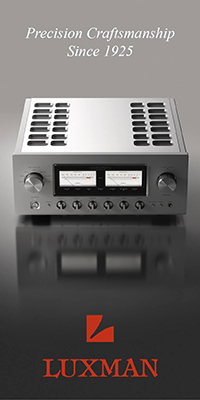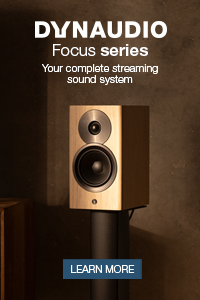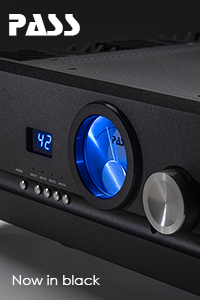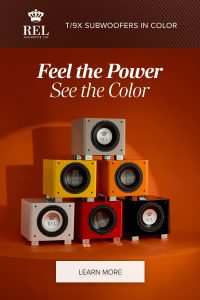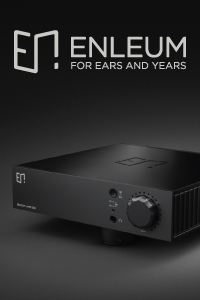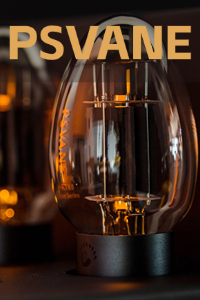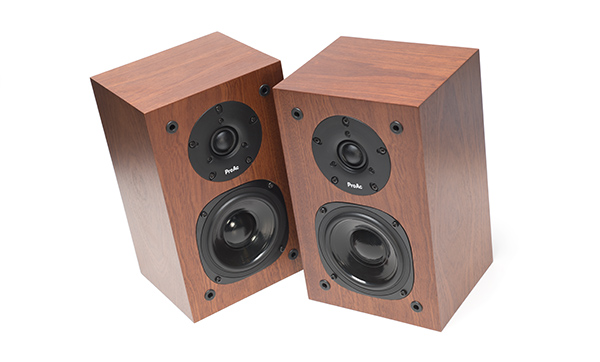 Following the driving bass line in Robin Trower’s “Too Rolling Stoned,” it’s tough to believe this much bass is coming from such tiny cabinets. Harder still to believe that said small monitors are flanking the couch, up against the rear wall of my listening room.
Following the driving bass line in Robin Trower’s “Too Rolling Stoned,” it’s tough to believe this much bass is coming from such tiny cabinets. Harder still to believe that said small monitors are flanking the couch, up against the rear wall of my listening room.
ProAc has been making the Tablette since 1979, and it is one of the world’s most popular mini monitors as well as one of high-end audio’s best values. The Tablette has won countless awards from hifi magazines the world over, mine included.
However, the Tablette has always been a ported design, so extracting the maximum performance has always required getting them out in the room somewhat, so the rear firing port doesn’t load up and put a nasty hump in the lower bass response. We were amazed at how much more low-end grunt was available from the recent Anniversary Edition, and remain equally amazed at how well the new Tab 10s non – ported design works.
These speakers are as easy on your billfold as they are to move around. Black ash, cherry, and mahogany is standard at the cost of $1,900 a pair, with ebony and rosewood (particularly striking) slightly more at $2,200 per pair. As with every mini monitor, we suggest as much mass as you can pack into the stands you choose. Weighty stands dramatically enhances the quantity and quality of the bass response delivered, and you will be astonished at how much more these speakers reveal on a high mass pair of stands.
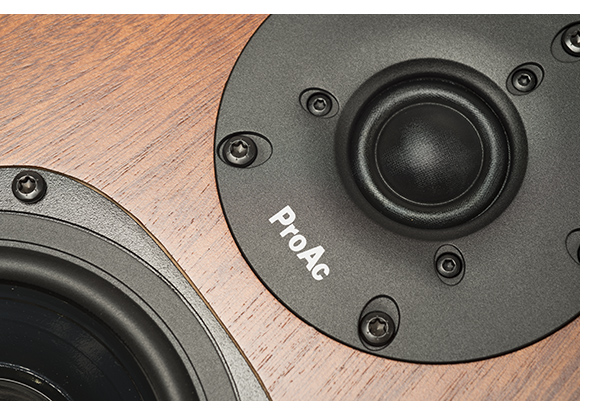 Making excellent use of a thin walled, heavy damped, infinite baffle enclosure design similar to the BBC LS3/5a, the Tab 10 utilizes the same 1-inch silk dome tweeter from the Anniversary model and a few other ProAc models. New for the Tab 10 is a 5-inch woofer using a Mica based, ceramic coating that makes the woofer cone stiffer. The woofer in the Anniversary model has a 5 7/8 – inch, impregnated Kevlar cone, so these are indeed two different animals. The crossover in the Tab 10 is also optimized for the nonported cabinet to offer correct bass response.
Making excellent use of a thin walled, heavy damped, infinite baffle enclosure design similar to the BBC LS3/5a, the Tab 10 utilizes the same 1-inch silk dome tweeter from the Anniversary model and a few other ProAc models. New for the Tab 10 is a 5-inch woofer using a Mica based, ceramic coating that makes the woofer cone stiffer. The woofer in the Anniversary model has a 5 7/8 – inch, impregnated Kevlar cone, so these are indeed two different animals. The crossover in the Tab 10 is also optimized for the nonported cabinet to offer correct bass response.
One of the only things making music longer than the Tablettes is the Rolling Stones, so it seems more than appropriate to spin the LP of their latest, Blue and Lonesome. This tribute to the band’s favorite blues tunes is a vital record with explosive playing from Jagger, Richards, and Watts. The Tab 10s fill the room with sound, preserving the raw sound of this recording, with each musician intact, possessing their own space; a tough task to accomplish, considering the dynamic interplay between these musicians.
Easy and versatile
Where the Anniversary Tablettes will not work against the wall due to their rear-firing port, it’s smooth sailing with the Tab 10, yet they still deliver an excellent performance out in the room too. Apartment dwellers and those forced to make the living room do double duty as the listening room will appreciate the extra options for placement.
As with past Tablette models, the Tab 10 has a somewhat low sensitivity of 86db, yet it is incredibly easy to drive, so a ton of power is not required to enjoy them, and with a nominal impedance of 10 ohms, they are extremely tube amplifier friendly. Much of my test listening was done with both of our products of the year, the 50 watt per channel, solid-state Simaudio Neo Ace integrated, and the PrimaLuna HP Premium integrated amplifier, configured with EL-34 tubes for 70 watts per channel. These amplifiers all had more than enough power to achieve high listening levels in both my 11 x 18 foot living room and 10 x 11 foot dedicated “small speaker” listening room.
The Tab 10s have more than enough resolution to unveil the subtleties of these amplifiers, and a few other combinations tried, as well as the differences between the $32,000 Gryphon Kalliope DAC and a few budget DACs on hand. Impressive as they perform with mega components, the Tab 10s still turn in an outstanding performance with a recently restored Marantz 2245 receiver, making them a system anchor that you can grow with as your audio upgrade budget increases.
It’s always about balance
The overall tonal balance in the Tab 10 is just slightly warm, with a healthy dose of tonal saturation, as I like it personally, and I must confess that while the Tab 10s deliver a command performance with whatever high-quality amplifier you connect them to, I just love em with tubes. While the PrimaLuna/EL-34 combo was the go-to choice, getting crazy and moving in the Audio Research REF 6 pre, REF Phono 3 and GS150 power amplifier was a ton of fun, reminiscent of the very first time I heard the Tablettes driven by the legendary ARC SP-10 Mk. II and a D-79 power amplifier. Now as much as then, I couldn’t believe how much music came out of these tiny speakers driven by such major electronics.
Where the Tab 10, like the Anniversary Tab surprises you, is just how loud they can play. Going straight from the delicate, flamenco style of Eddie Van Halen on “Spanish Fly” straight into “Eruption” (Thank you TIDAL) to Slayer’s “Angel of Death” and Metallica’s “Master of Puppets,” (with the ARC’s power meters bouncing healthily) you’d expect smoke and major carnage. In the best British fashion, the Tab 10s soldier on without bother.
As much fun as it is to find the limits of their performance envelope, the Tab 10s shine in everyday duty. The tonality has a relaxed ease combined with enough resolution to stay exciting, regardless of program material. These are speakers that you can get lost in, with long listening sessions a breeze. This has always been a hallmark of the Tablette, yet even better with current models.
Some small speaker manufacturers make the mistake of trying to be everything to everyone, offering a goosed bottom end, giving the impression of more bass, throwing overall tonal balance under the bus. The Tablette does not make this mistake, and while at first blush, they might seem as if they are a little lacking, the more music you listen to, it sinks in at the amount of quality and articulation offered with the bass that they do produce.
Two drivers and a simple crossover network done right means a high degree of coherence, again creating that enticing illusion of reality and pinpoint imaging that the Tab 10s provide. Like the Anniversary model, when placed in my living room in front of the Quad 2812’s, on a lot of acoustic music, it was tough to tell them apart. Auditioning Keith Jarrett’s famous The Koln Concert proves irresistible; his piano delicately floats between the speakers with a sumptuous decay that has to be experienced. It’s still tough to believe that this level of resolution and sheer tonality is accomplished with a $1,900 pair of speakers.
Vocal recordings fascinate with an equal amount of engagement. Chrissie Hynde’s “Never Be Together,” from her latest album hovers out in front of the sparse lead guitar and drums on the track. Going way old school and spinning “Private Life” from her 1978 debut feels just as fresh as the first time I heard the album on the original Tablettes.
Still great after all these years
It has been great fun to watch and listen to the Tablette’s progress over almost 40 years. Every version is more refined and reveals more music than the last. However, the Tablette 10 is a thoughtful and exciting sidestep from the Anniversary model for those of you that have to get the speakers closer to the rear wall.
Whether you’re experiencing the sound of ProAc for the first time, or are a long standing fan, this is a pair of speakers you can easily fall in love with. Warmly recommended.
$1,900 (standard finish) $2,200 (premium finish)
www.proac-loudspeakers.com (Factory)
www.soundorg.com (North American Distributor)
Peripherals
Analog Source AVID Volvere SP/SME V/Ortofon Cadenza Bronze
Phonostage Audio Research REF Phono 3
Digital Source Gryphon Kalliope DAC, ELAC DS-101 server
Amplifiers PrimaLuna HP integrated, Simaudio NEO Ace integrated
Cable Cardas Clear
Power Torus TOT




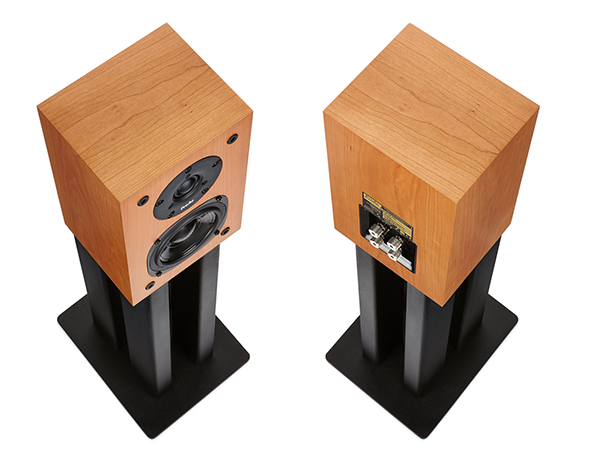
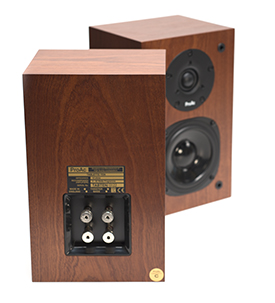
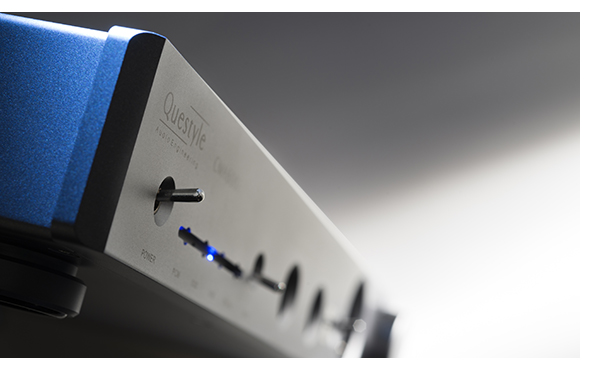
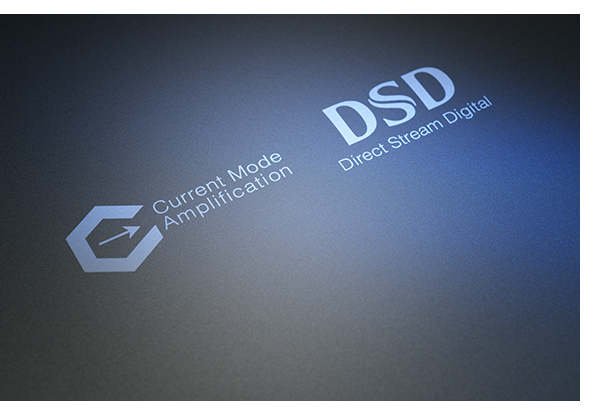
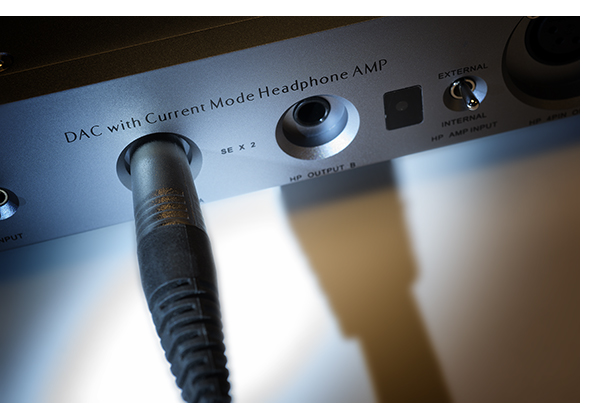
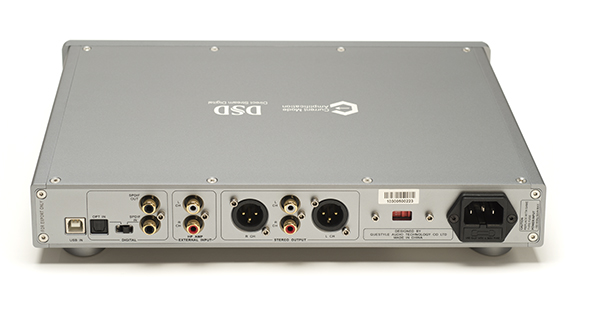
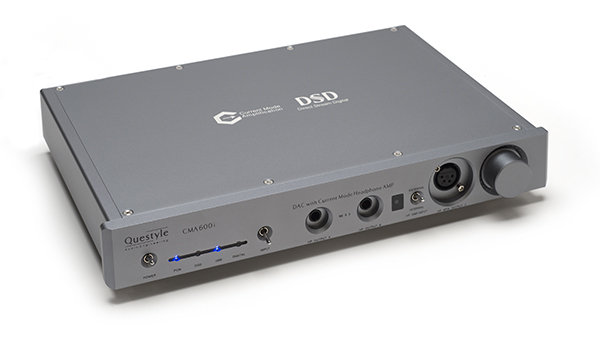
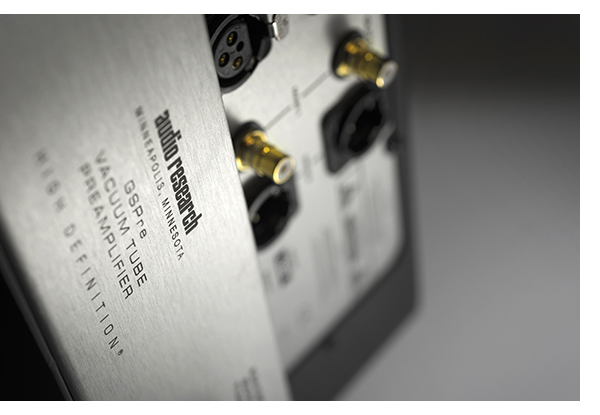
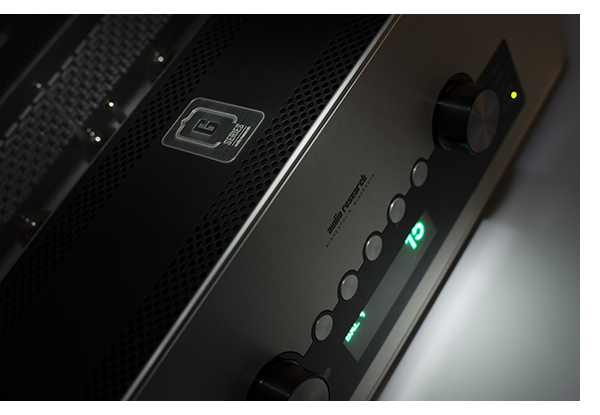
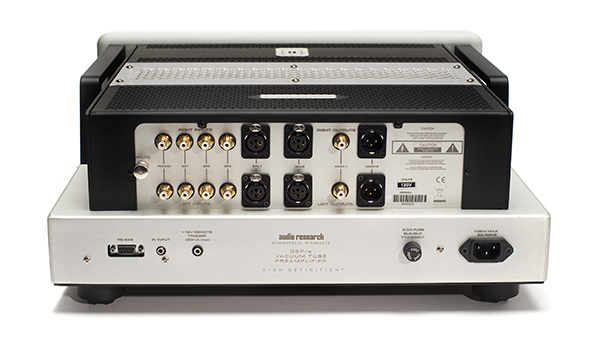
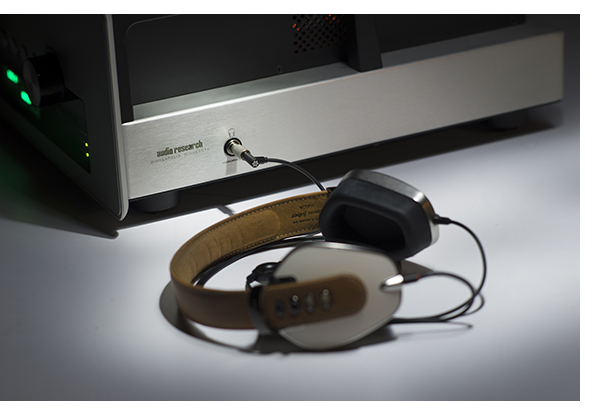
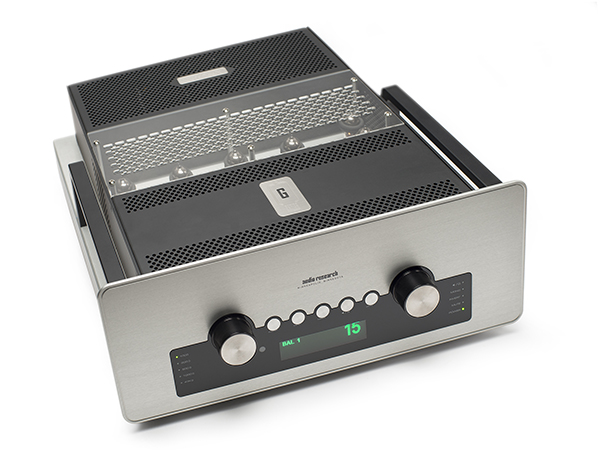
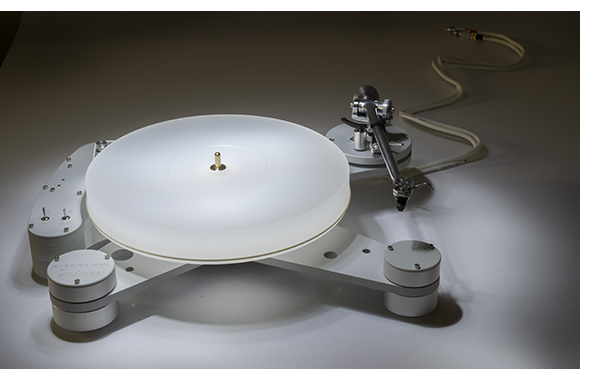
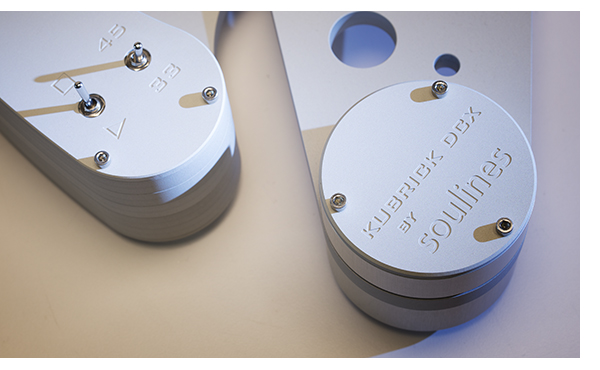
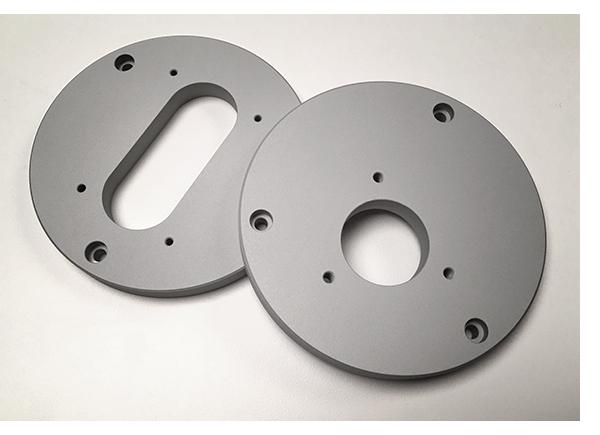
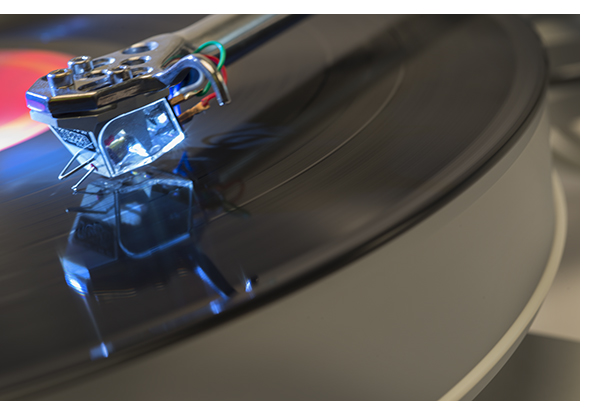
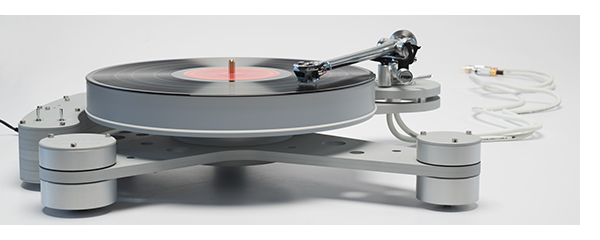
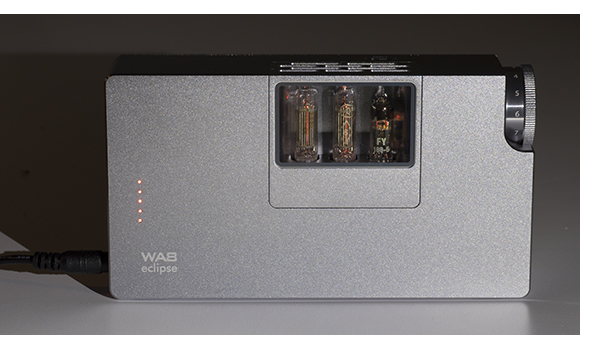
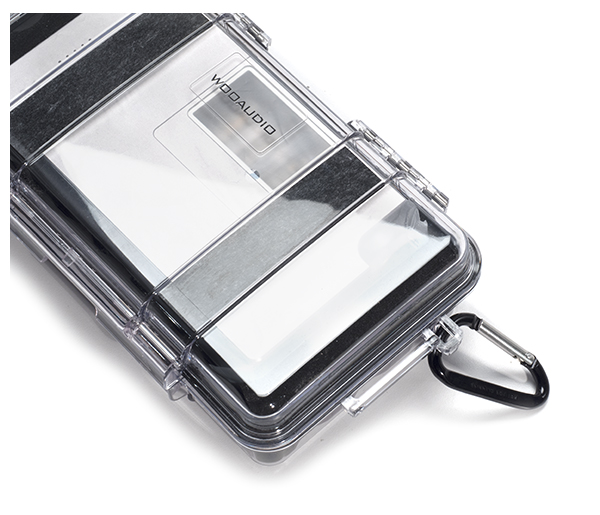
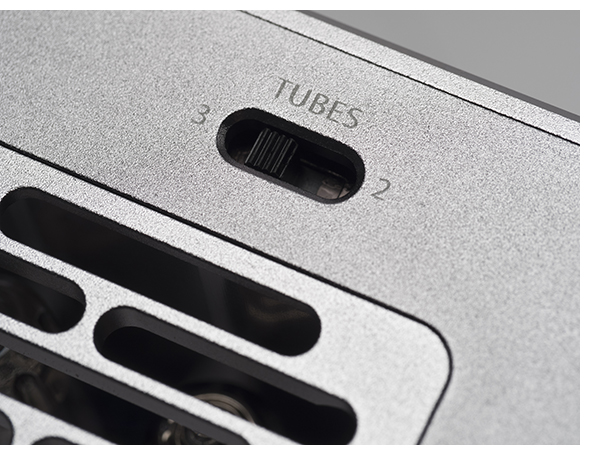
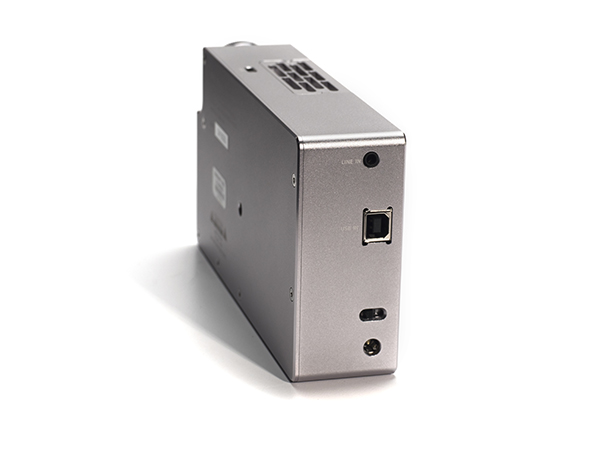
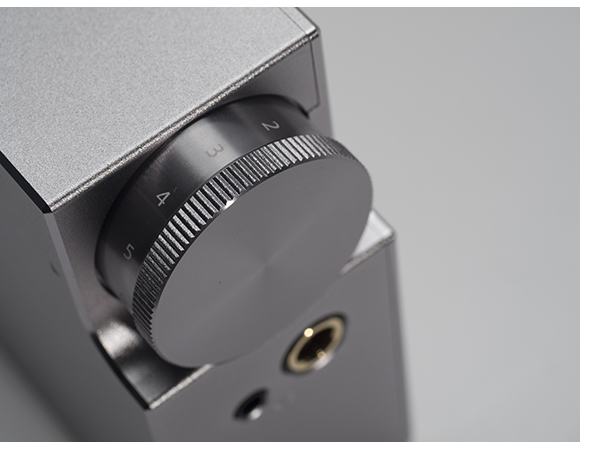
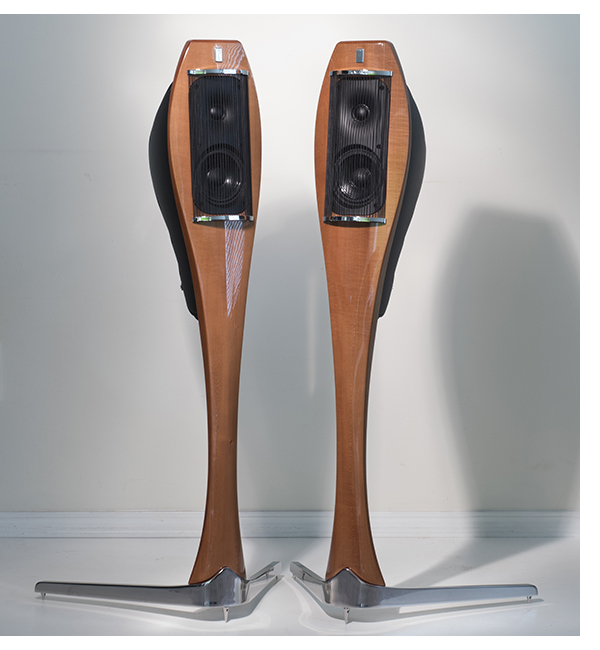
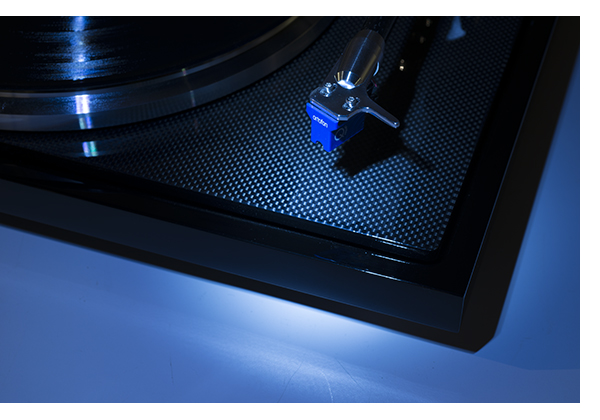

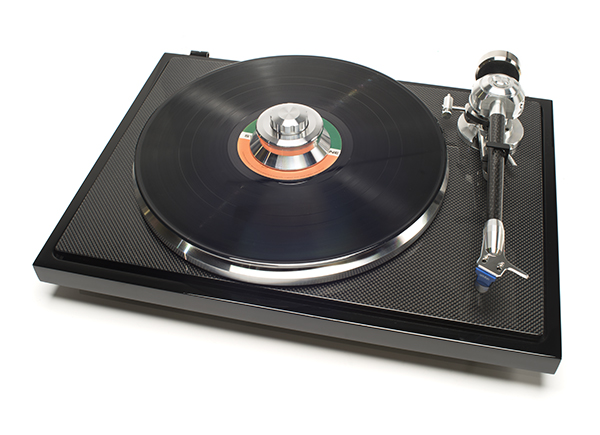
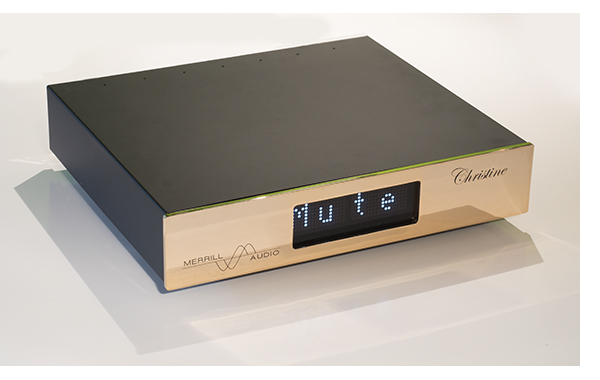
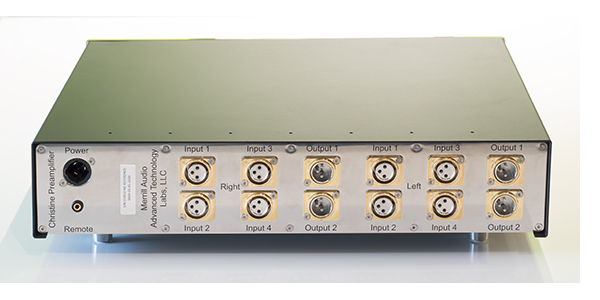
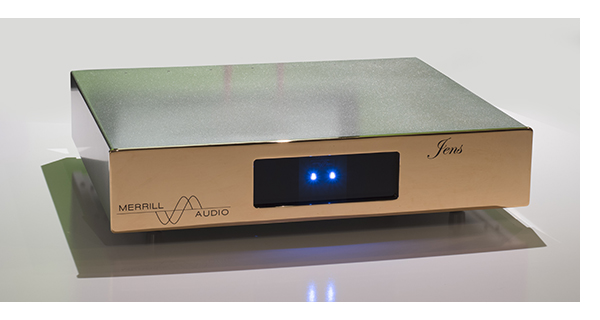
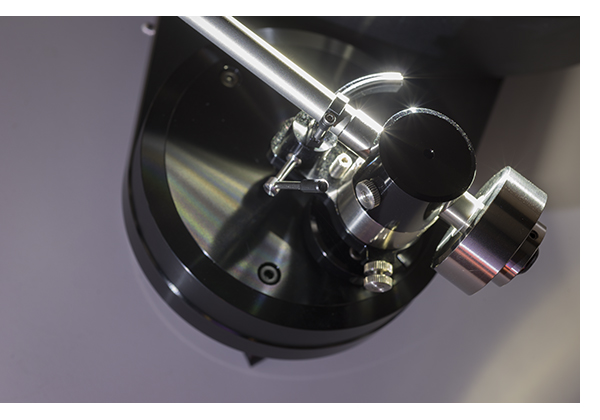
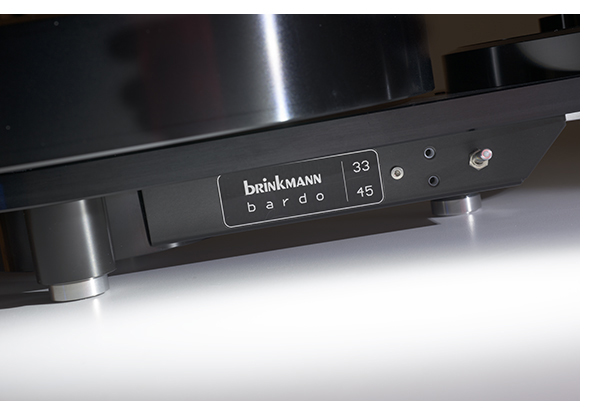
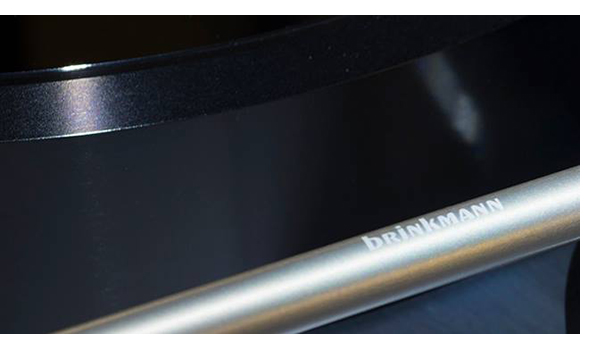
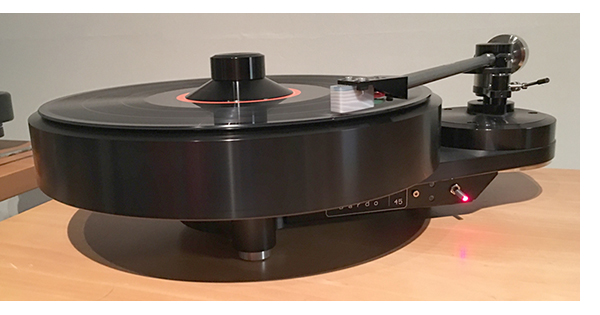
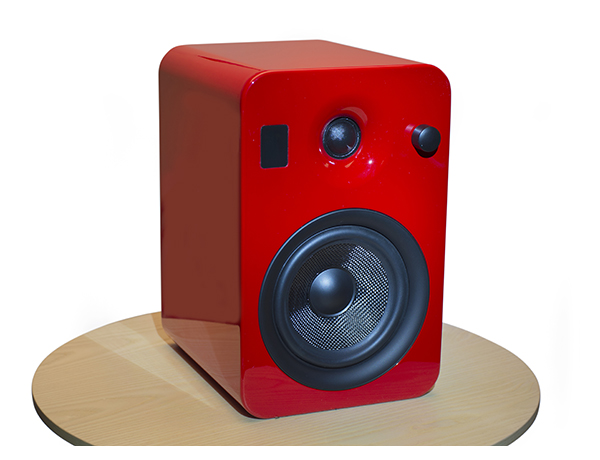
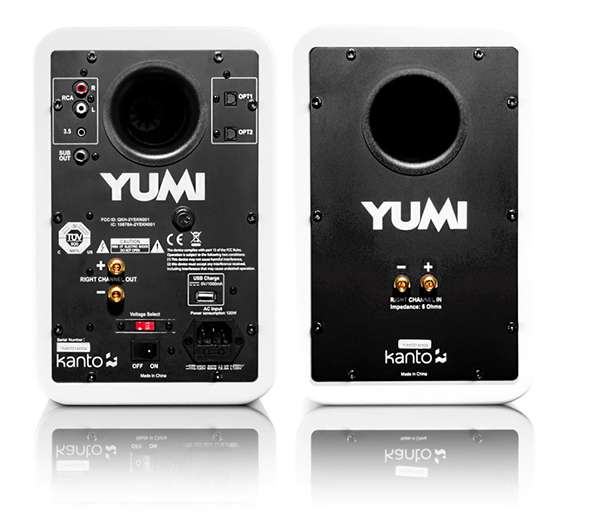
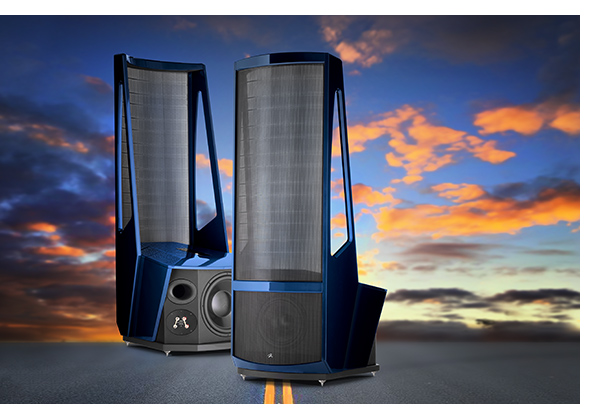
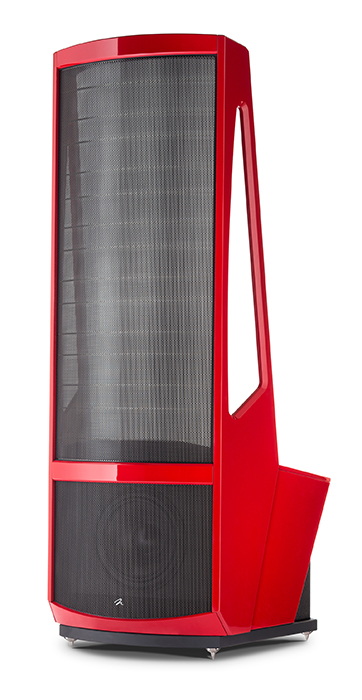
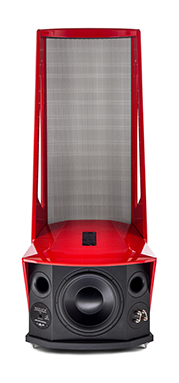
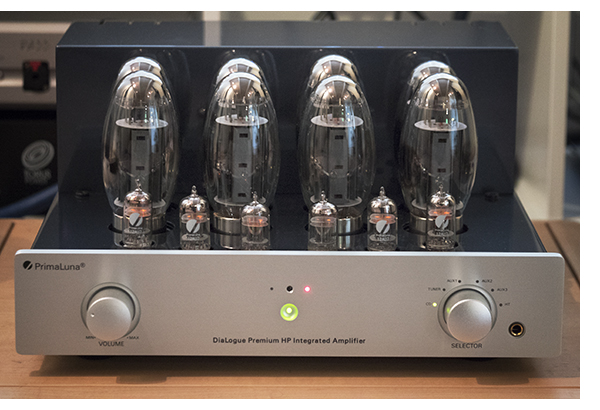
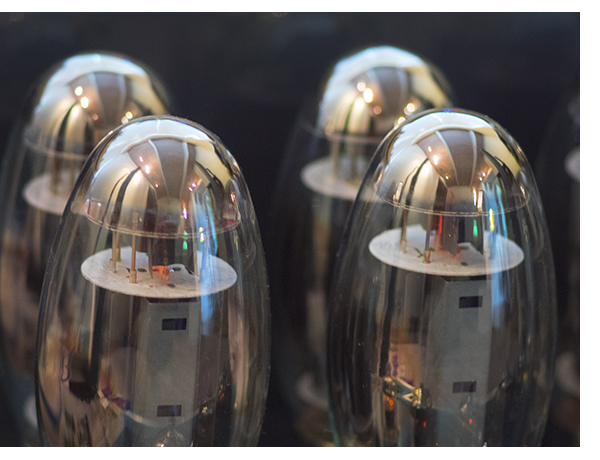

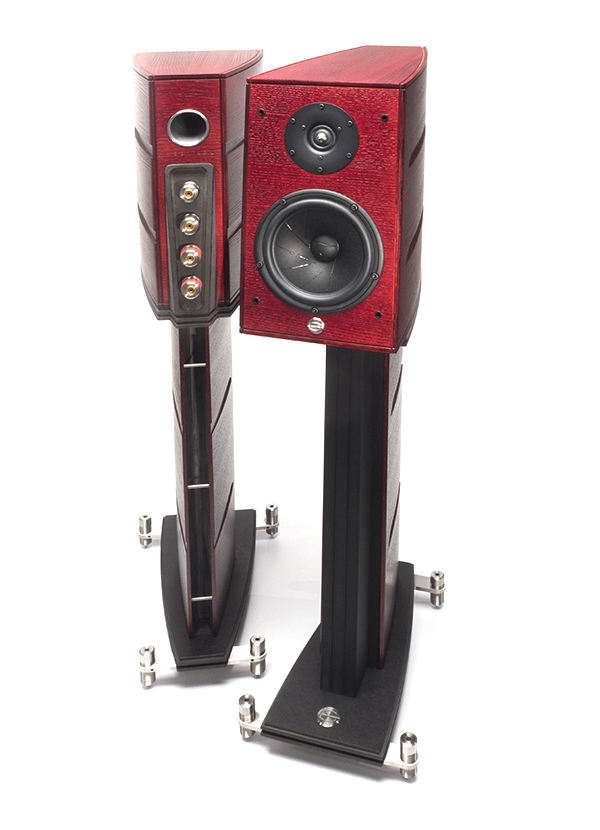
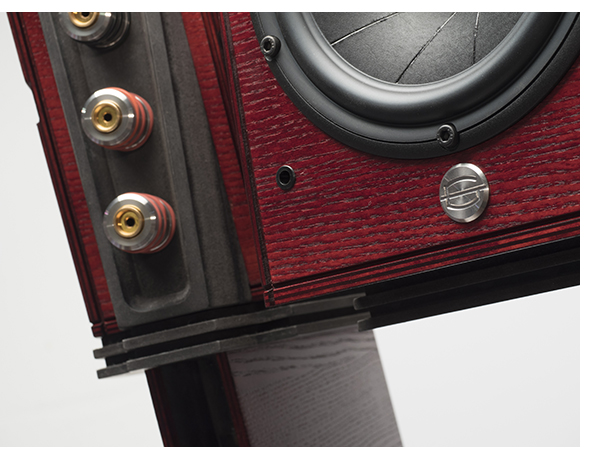
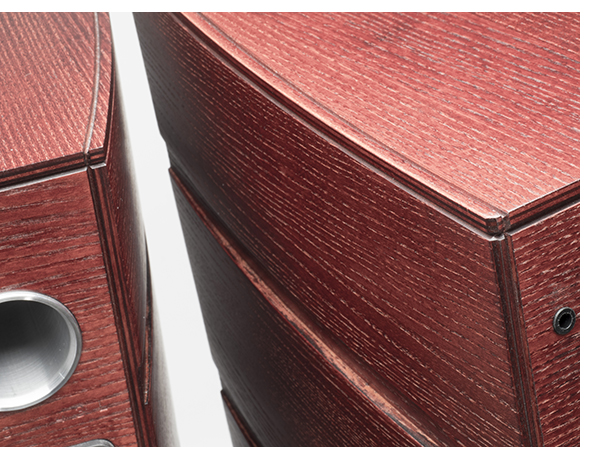
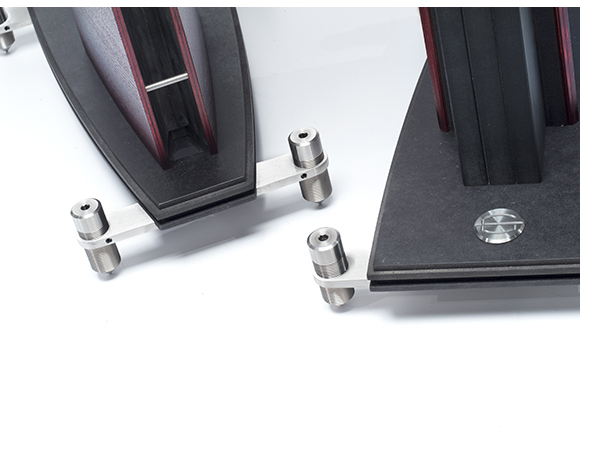
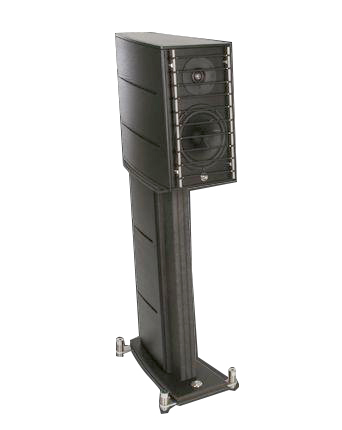
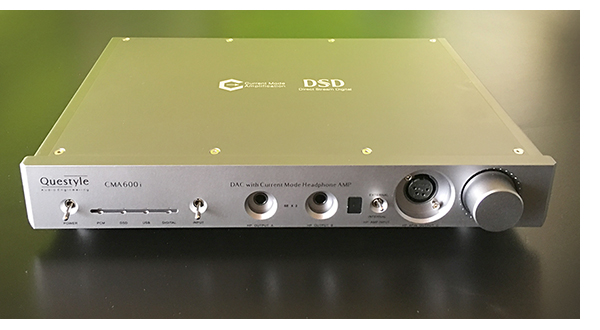
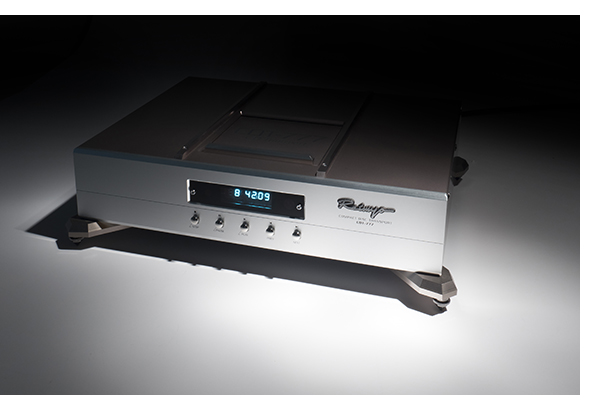
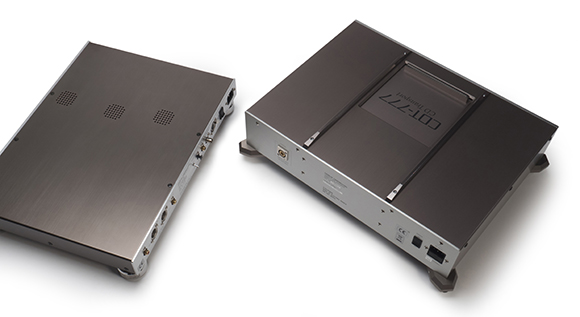
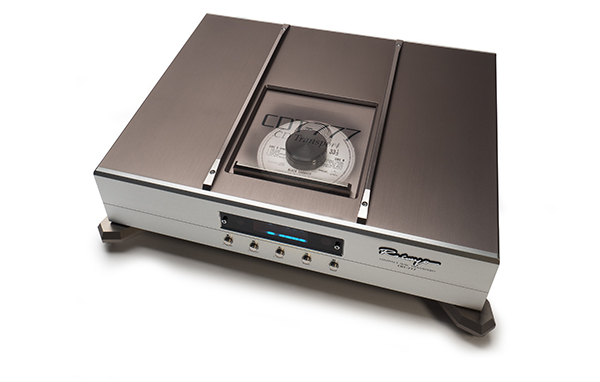
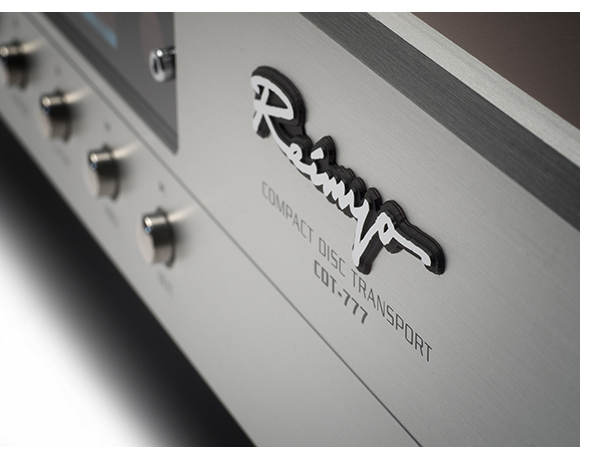
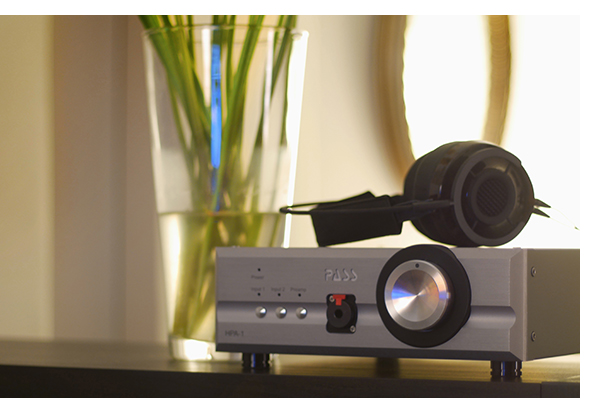
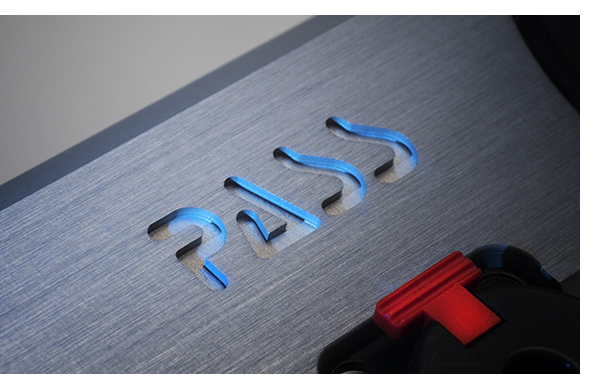
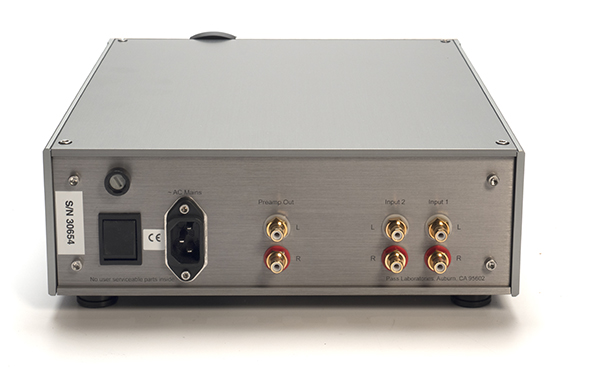
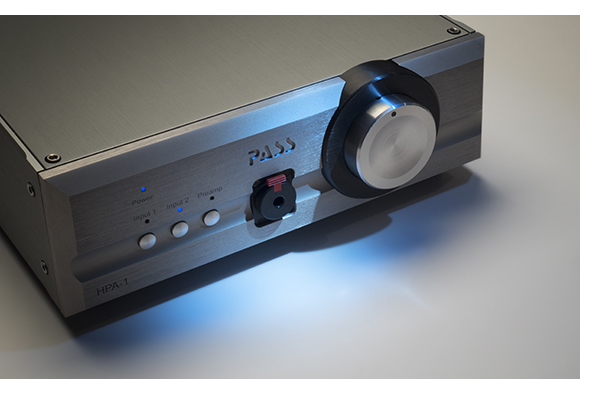
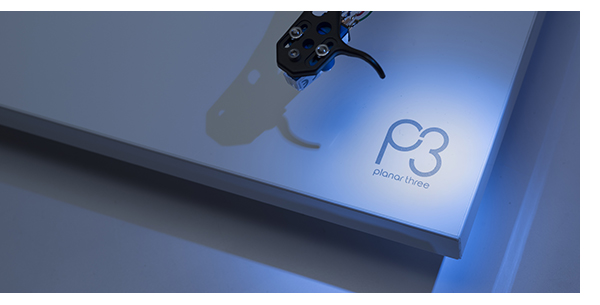
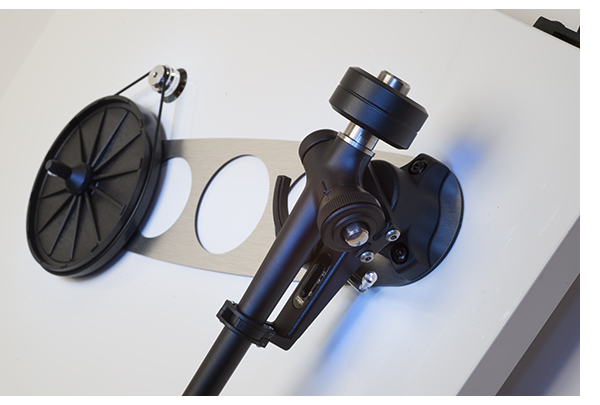
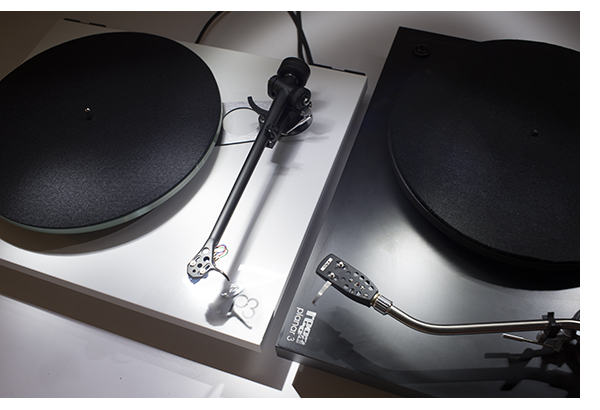
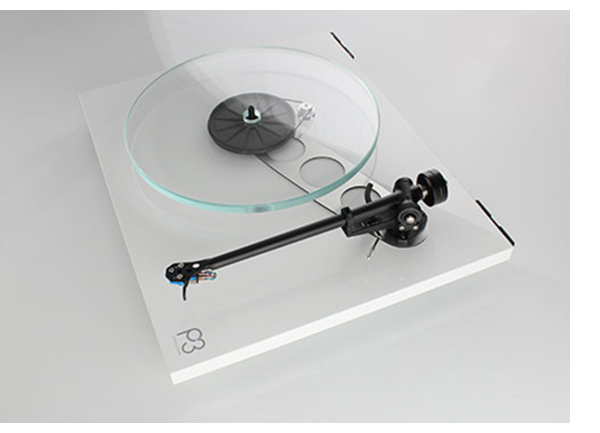
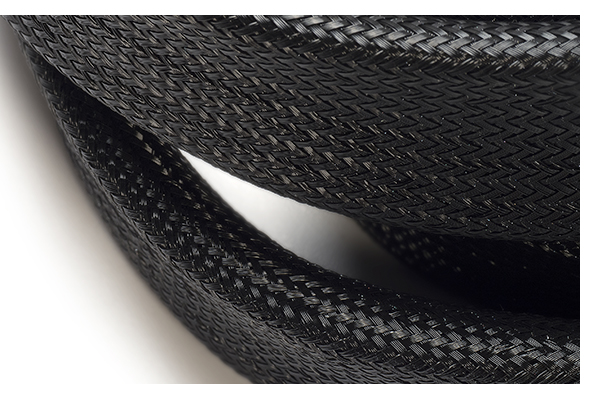
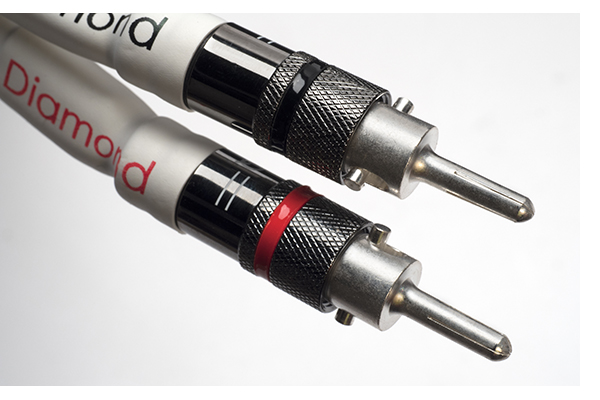
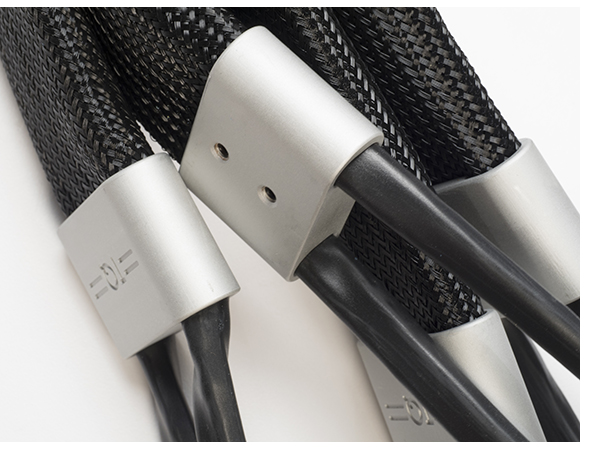
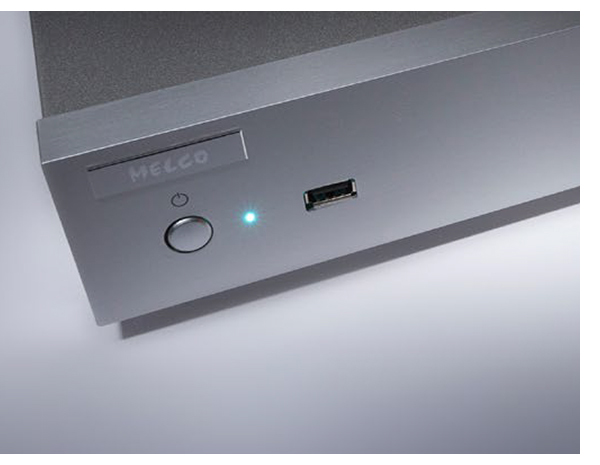
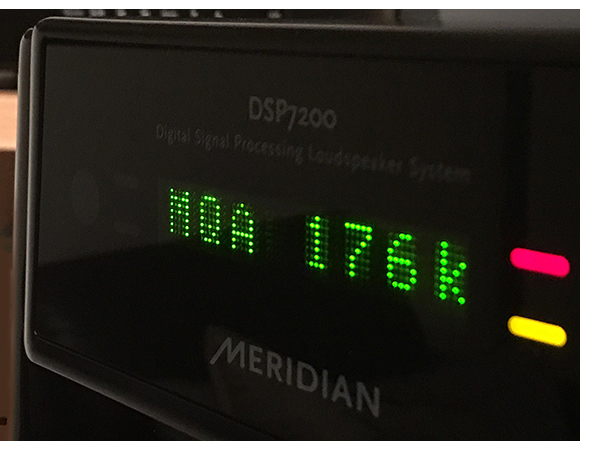
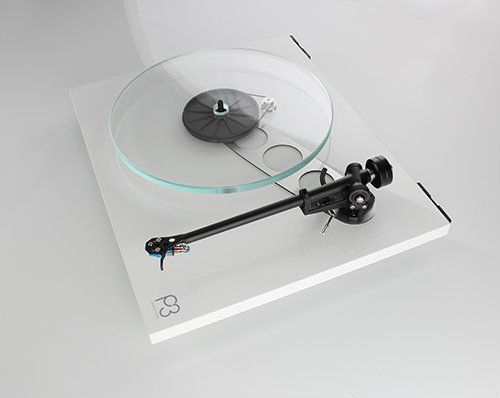
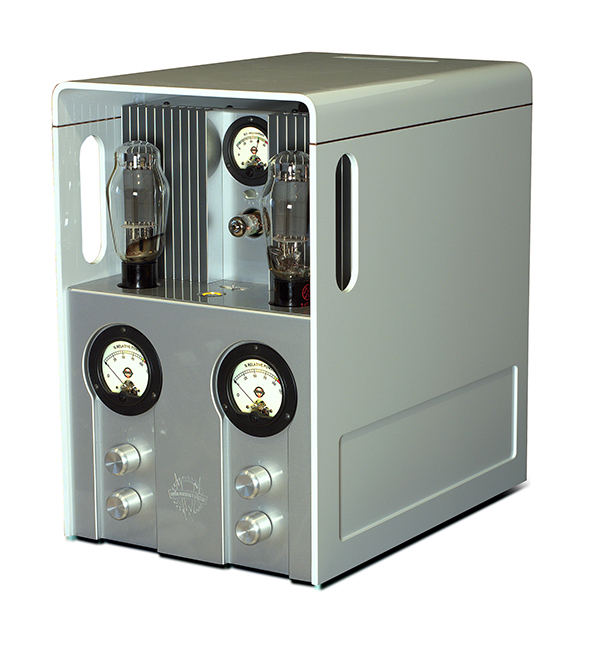
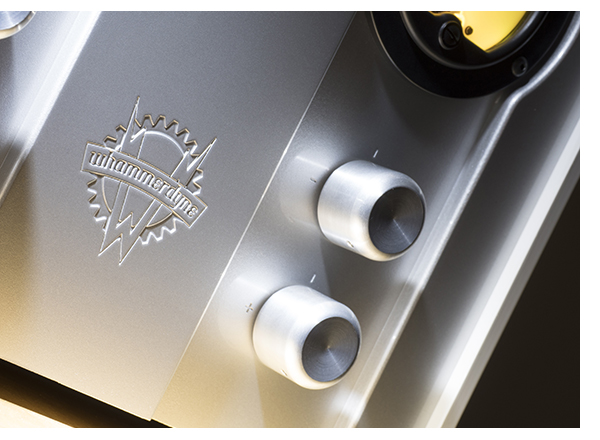
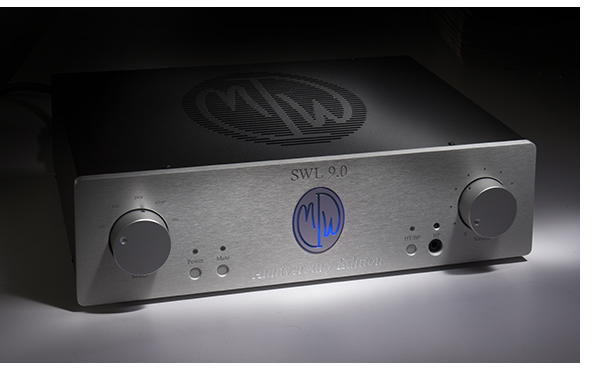

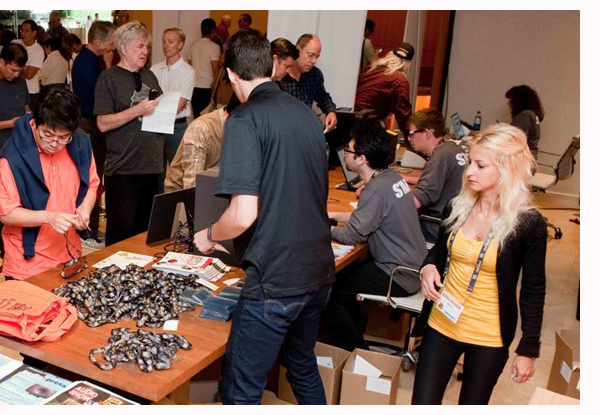
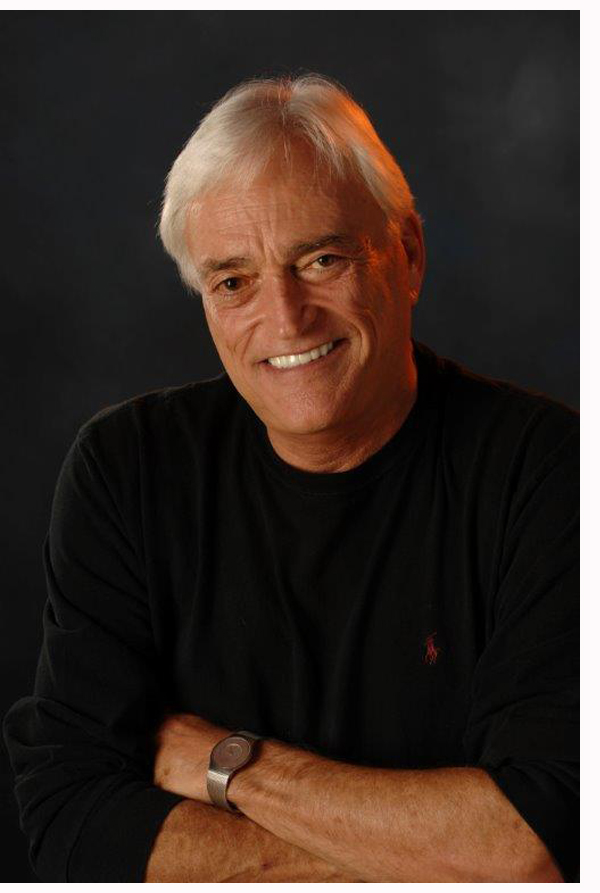

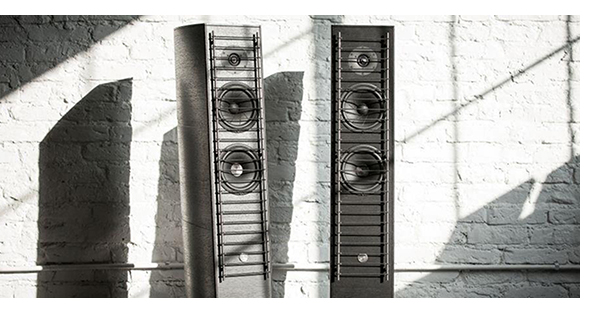
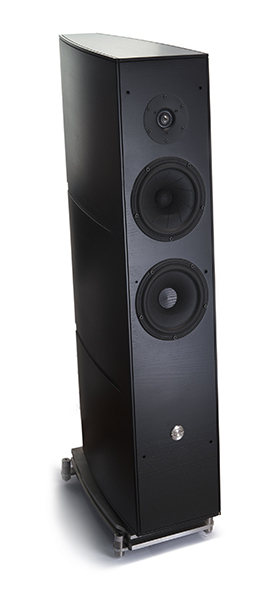
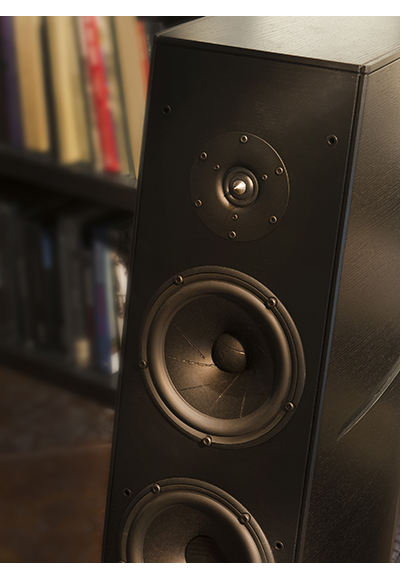
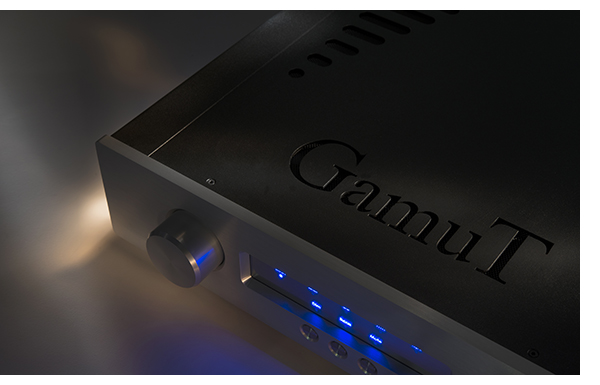
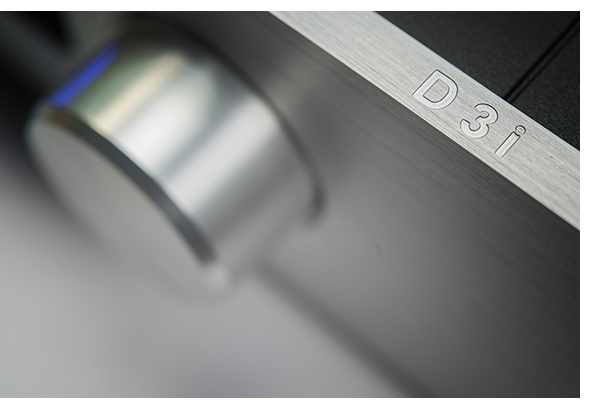
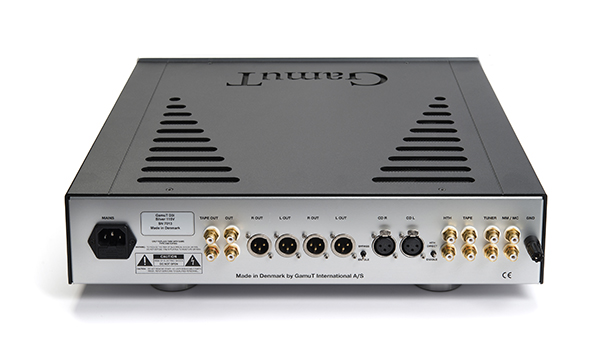
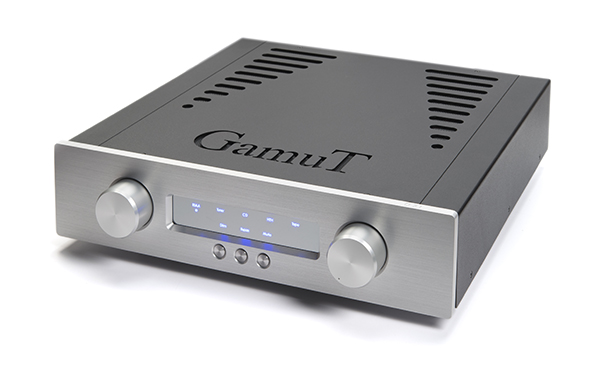
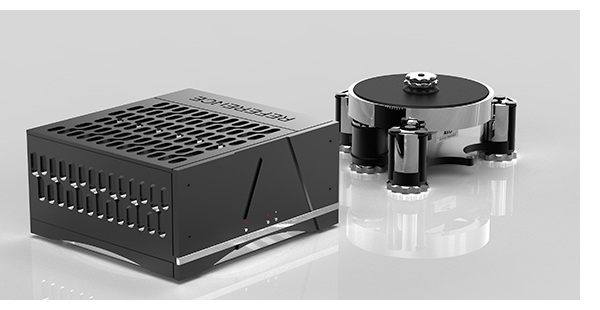
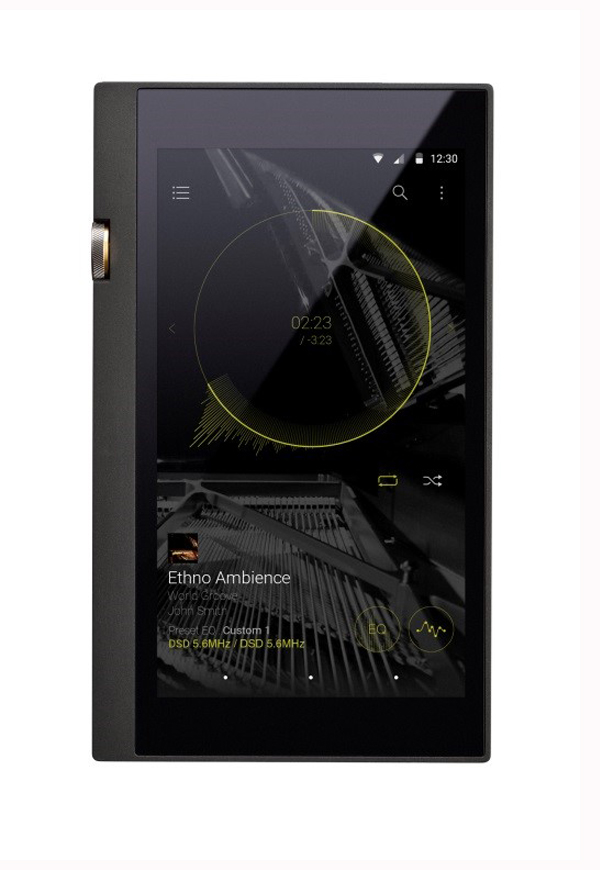
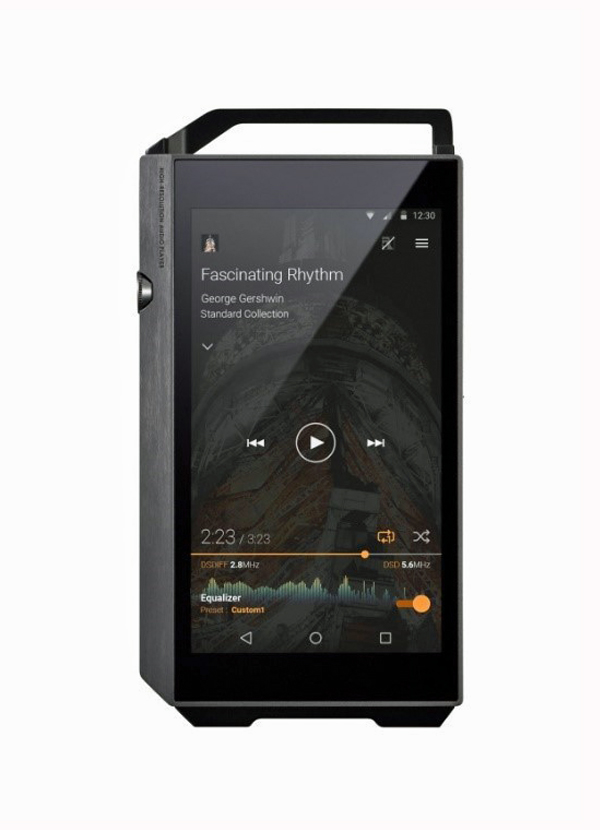
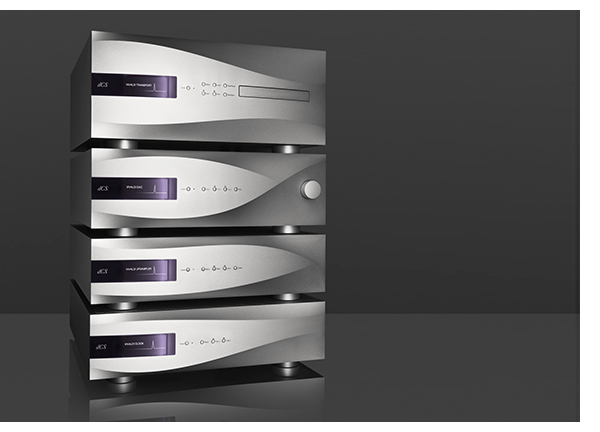
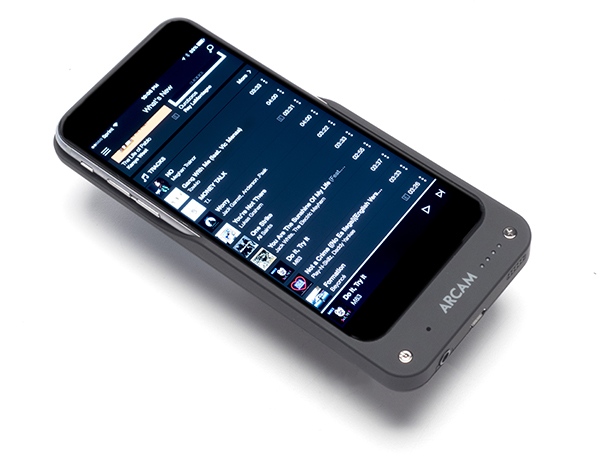
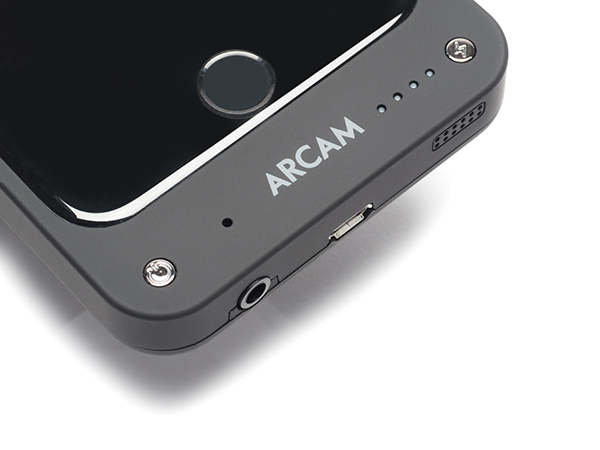
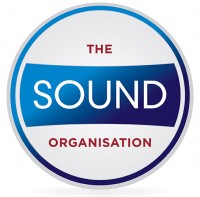



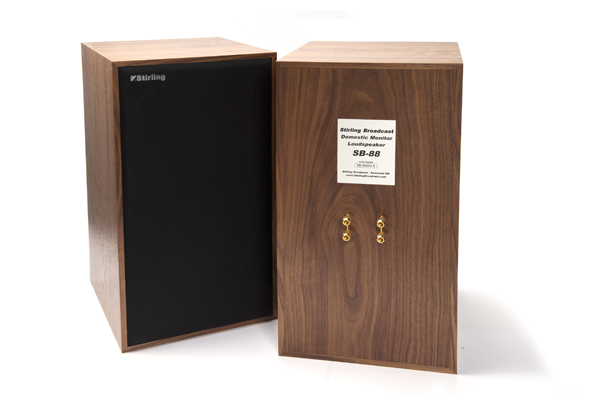 The Black Keys’ new record
The Black Keys’ new record 